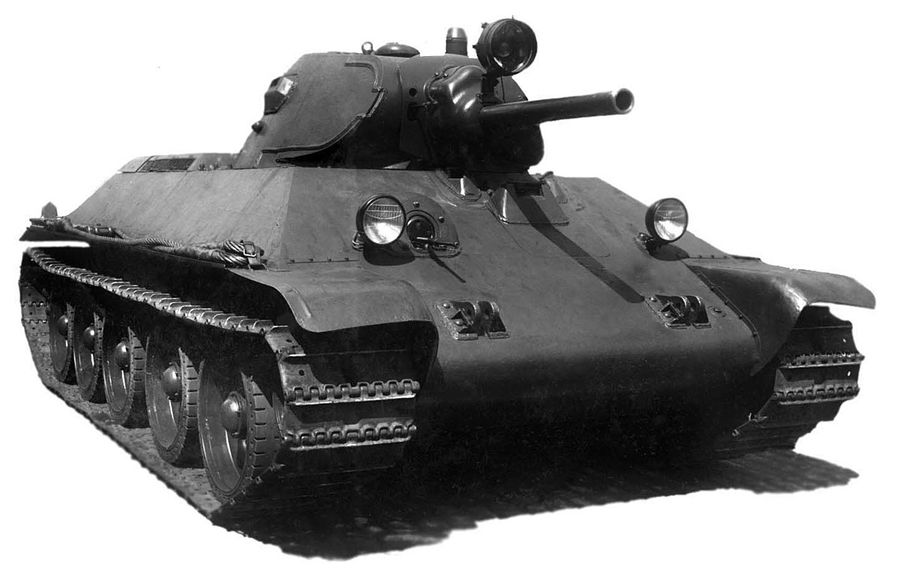
Tanks
I was recently pointed at this blog post about the Soviet T-34. Not all it's cracked up to be, is the short version.
The Soviet T-34 tank is well known by anyone who has an interest in WWII history. Books, articles, documentaries present it in triumphant terms. It was superior to everything the Germans had, it had revolutionary sloped armor, unprecedented mobility and was one of the reasons the Soviet side won in the Eastern front.
How realistic are these statements? Was the T-34 really a war winning weapon? How did it compare to German and Western tanks? How did it perform during the war? If we try to answer these questions by looking at actual data then things start to change. Instead of a mechanical marvel we get a poorly designed and built combat system that suffered horrific losses against ‘inferior’ German tanks.
Let’s start with debunking some of the most common statements.The revolutionary design of the T-34
The T-34 was supposed to be the first tank that employed sloped armor. This characteristic meant that the armor protection was significantly enhanced, compared to straight armor. However French tanks of that period like the SOMUA S35 and the Renault R35 also had sloped armor.
Moreover there were several problems created by the sloped armor in the front, the sides and the back of the vehicle. This choice seriously diminished the internal space of the T-34. Tanks are always crowded on the inside. The T-34 however had a huge problem when it came to internal space.
The limited space not only affected crew performance but turned the T-34 into a deathtrap. A US study from the Korean War (based on the T-34/85 that was roomier than the T-34/76) concluded that due to the limited internal space a penetration by an A/T round usually led to the destruction of the tank and loss of 75% of the crew. In the Sherman the figure was only 18% (1).
I know what I said previously about Soviet engineering and stand by it. Yeah, there's a lot of times where Soviet engineering is less that the dog walks well than it walking at all, but given the constraints they operated under, the inability to do design feedback, and the inability to count on reliably manufactured components, what they did pull off is still a wonder.
